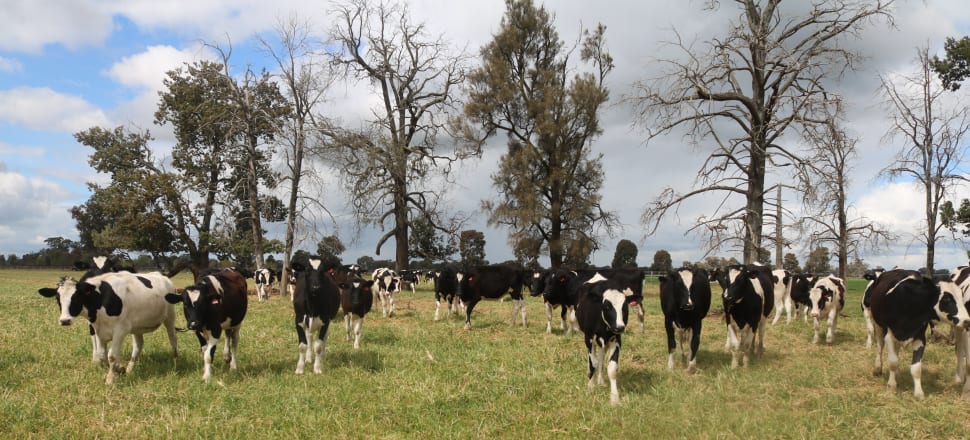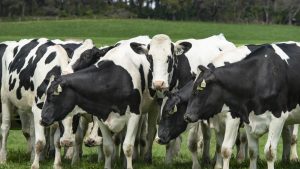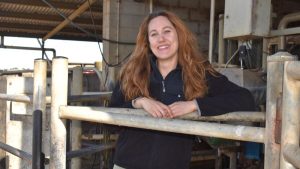
2020 saw a recovery in many of those conditions, but the historical departure of about 10 to 15 per cent of dairy farms has become apparent in the data now being collected.
Investment companies with different land uses in mind have been mopping up the exits.
Figures from Dairy Food Safety Victoria show there were about 180 fewer dairy licences operating in the last financial year, compared to the 2016-17 year, in northern Victoria.
Other regions also suffered declines, but not as many as northern Victoria.
Thee were 1112 dairy farms registered in the last financial year in the north, compared to 1168 in western Victoria and 1206 in Gippsland.
The number of employees working in the industry fell from 27,000 to 20,000 over the past three years.
Murray Dairy chairman Andrew Tyler said the figures were not alarming but reflected the conditions during those years.
“ANY LOSS FROM THE FARMING COMMUNITY IS REGRETTABLE, BUT THE PREVIOUS YEARS EXPERIENCED HIGH FEED COSTS AND HIGH WATER PRICES,” MR TYLER SAID.
“It also followed the 2016 price cuts.”
He said some farmers had opted to retire from the industry or pursue different commodities.
“There has been a four to five per cent decline in numbers on an annual basis.”
Mr Tyler said with improved conditions this spring, there was more optimism around and milk production appeared to have stabilised.
He noted that other Victorian regions also experienced farm exits over the past three years.
The number of milk processors operating in the north increased by three over the past three years.
Victoria still dominates the Australian dairy industry, with 3462 farms producing 64 per cent of the liquid milk and 77 per cent of Australia’s dairy exports.
The state produced 1.1 billion litres of milk, 186 million litres of cream and 362,000 tonnes of cheese.
























